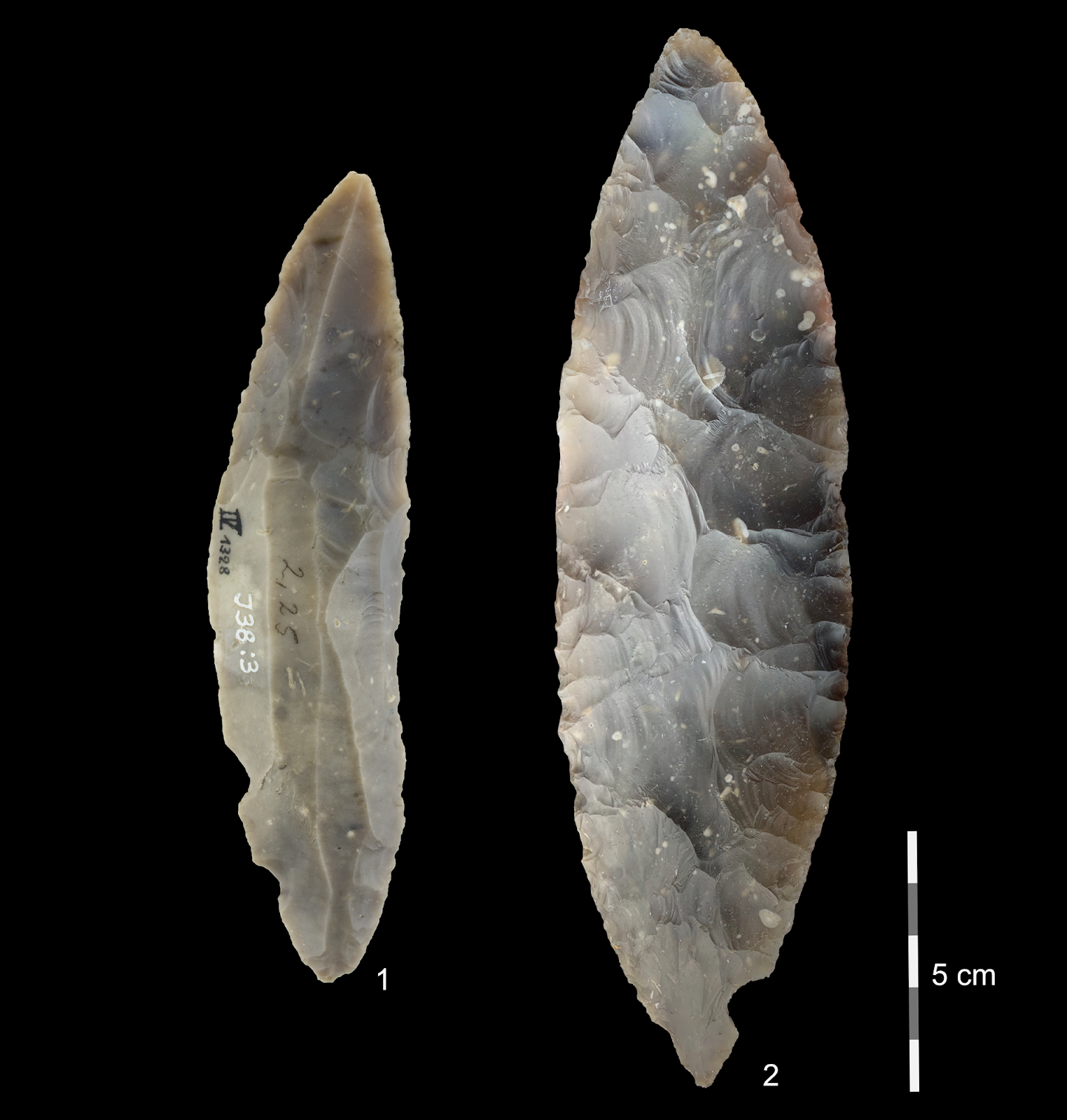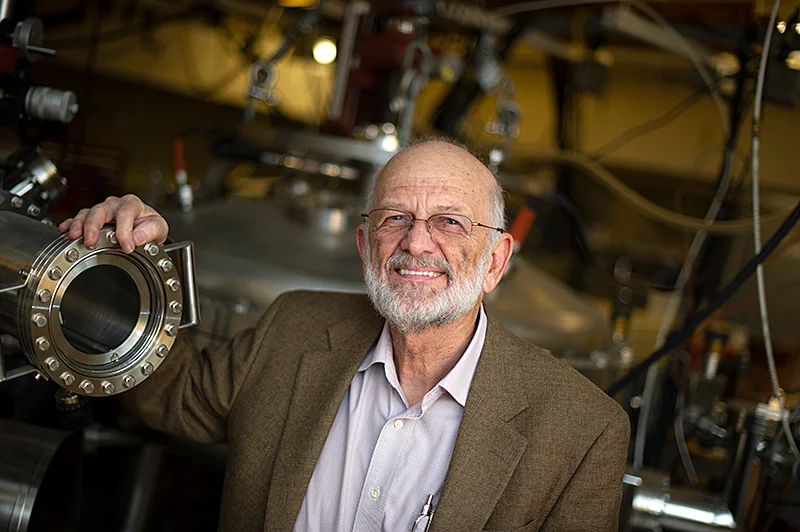
Figure 2.
Obelisks encode putatively well-folded proteins
a) Obelisk open reading frame 1 (Oblin-1) is predicted (total mean-pLDDT ± SD = 83.8 ± 13.4, see methods) to fold into a stereotyped N-terminal “globule” formed of a three alpha helix (orange) bundle partially wrapping around an orthogonal four helix bundle, capped with a beta sheet “clasp” (blue, globule mean-pLDDT = 90.1 ± 8.7), joined by an intervening region harbouring the conserved domain-A (magenta) with no predicted tertiary structure, to an arbitrarily placed C-terminal alpha helix. “Globule” emphasised on the right. b) a to-scale (secondary structure) topological representation of Oblin-1 with the “globule” shaded in grey, and the domain-A emphasised with this bit-score sequence logo (see methods). c) Obelisk Oblin-2 is confidently predicted (mean-pLDDT = 97.1 ± 4.6 ) to fold into an alpha helix which appears to be a leucine zipper. Sequence logo of an “i+7” leucine spacing emphasised in red, with hydrophobic “d” position residues emphasised in yellow (expanded in Supplementary Figure 4b). d) homo-multimer predictions of Obelisk-alpha Oblin-2. top: dimer (mean-pLDDT = 94.6 ± 0.6), bottom: trimer (mean-pLDDT = 93.6 ± 0.6). Side-on representations of homomultimers shown with numbers of inter-helix salt-bridges (see Supplementary Figure 5).
Obelisks encode putatively well-folded proteins
a) Obelisk open reading frame 1 (Oblin-1) is predicted (total mean-pLDDT ± SD = 83.8 ± 13.4, see methods) to fold into a stereotyped N-terminal “globule” formed of a three alpha helix (orange) bundle partially wrapping around an orthogonal four helix bundle, capped with a beta sheet “clasp” (blue, globule mean-pLDDT = 90.1 ± 8.7), joined by an intervening region harbouring the conserved domain-A (magenta) with no predicted tertiary structure, to an arbitrarily placed C-terminal alpha helix. “Globule” emphasised on the right. b) a to-scale (secondary structure) topological representation of Oblin-1 with the “globule” shaded in grey, and the domain-A emphasised with this bit-score sequence logo (see methods). c) Obelisk Oblin-2 is confidently predicted (mean-pLDDT = 97.1 ± 4.6 ) to fold into an alpha helix which appears to be a leucine zipper. Sequence logo of an “i+7” leucine spacing emphasised in red, with hydrophobic “d” position residues emphasised in yellow (expanded in Supplementary Figure 4b). d) homo-multimer predictions of Obelisk-alpha Oblin-2. top: dimer (mean-pLDDT = 94.6 ± 0.6), bottom: trimer (mean-pLDDT = 93.6 ± 0.6). Side-on representations of homomultimers shown with numbers of inter-helix salt-bridges (see Supplementary Figure 5).
At least with most of creationism's putative 'intelligent' designer, there is something that they appear to be for, other than simply reproducing themselves - even if it is, in the case of viruses and bacteria, increasing the suffering in the world by making other organisms sick.
But scientists have just discovered a small particle that seems to be in the edge of life, less so even than a virus, which doesn’t appear to do anything other than replicate, although it seems to need bacteria in which to do this. It’s not clear what harm it does to its bacterial host or even if it has some symbiotic function. But it appears to be almost everywhere, especially in our mouths and gut, where it appears to have speciated into several different forms. The team have named it 'obelisk' because it forms a rod-like shape.
It was discovered by a team of Stanford University researchers led by Andrew Z. Fire, a previous recipient of the 2006 Nobel Prize for Physiology or Medicine who have reported to have 'identified 29,959 Obelisks (clustered at 90% nucleotide identity), with examples from all seven continents and in diverse ecological niches'. Their report has been provided with free access ahead of peer-reviewed publication, in the preprint server, bioRxiv.
The question remains, what do these particles do exactly and are they potentially harmful, or are they beneficial in some way? At least one of their hosts in which they replicate is one of the bacteria responsible for the plaque on our teeth that is responsible for dental caries and gum disease that can result in lost teeth, Streptococcus sanguinis.
Like most viruses, obelisks are a single, circular strand of RNA, but unlike viruses, they don't have a protein coat. They have one and maybe two genes which code for proteins named 'oblins' which are unrelated to any other known proteins. In this respect they differ from other recently (1970) discovered free-living strands of RNA called viroids, which don't have any recognisable genes but are known to cause serious diseases in plants.
In the following article, reprinted from The Conversation under a Creative Commons license, Professor Ed Feil, Professor of Microbial Evolution at The Milner Centre for Evolution, University of Bath, explains the significance of this discovery. His article is reformatted for stylistic consistency:






































